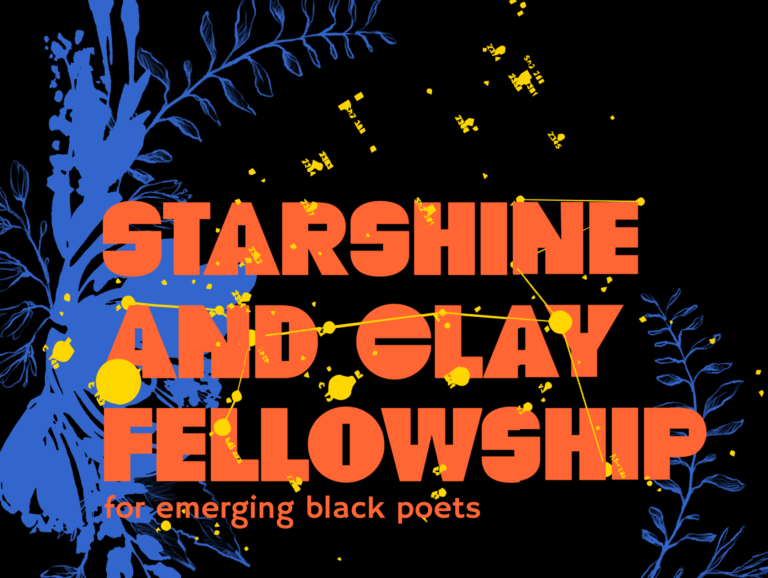The future of a beloved mural by Mexican artist Diego Rivera at the San Francisco Art Institute (SFAI) is up in the air as the school’s board looks for ways to secure the longevity of the institute, which has faced financial turmoil in recent years. The mural, valued at around $50 million, would offer much-needed support for the cash-strapped school, but school faculty and alumni are pushing back against the idea.
Last year, it looked as though the SFAI would close, but the University of California stepped in to buy nearly $20 million of the school’s debt from a private bank keeping its doors open. The near-miss followed years of financial stress as the cost of expansions were compounded by a decline in attendance to the 150-year-old institution. According to The New York Times, during a December 17th board meeting, the sale of the mural was put on the table as was the name of an interested party: filmmaker George Lucas. If Lucas were to purchase the mural, it would become part of the LA-based Lucas Museum of Narrative Arts.
Just days after the December 17th meeting, an email was sent by SFAI vice president and dean of academic affairs Jennifer Rissler acknowledging objections to the potential sale of the Rivera. In her email, Rissler stated “the board voted, as part of their fiduciary duty to explore all options to save S.F.A.I., to continue exploring pathways and offers for endowing or selling the mural.”
Another potential avenue for the school, according to SFAI chairwoman Pam Rorke Levy, would see ownership of the mural transferred to the San Francisco Museum of Modern Art while the artwork would remain in place at the SFAI campus.
In a statement to Artnet News, Levy said: “SFAI cannot comment further but to say a number of conversations have been taking place with several institutions about the possibility to endow or acquire the mural to ensure the future of the school and uphold our mission.” SFAI has stressed that no decision has been made yet as to if the mural will be sold.
The mural is a stunning example of Rivera’s work, which was largely influential to many artists in the San Francisco area. Completed in 1931, the mural is titled The Making of Fresco Showing the Building City, and was made in the fashion of a trompe-l’oeil showing the construction of the city as well as the construction of the mural. Among the builders, architects, and businessmen, you can spot Rivera, himself, holding his palette, as he paints the mural.
The potential sale of the Rivera follows a period when the sale of artworks by museums and others have been a point of contention due to the pandemic. As museums faced mandatory closures, lessened footfall, and a severe decrease in income, the Association of Art Museum Directors loosened a restriction that typically bars US institutions from deaccessioning artworks to cover operational costs. Despite a temporary relaxing of rules, many museums, like the Brooklyn Museum and Baltimore Museum of Art, have faced scrutiny when they looked to deaccession art.
In England, similar tactics have been used by organisations like the Royal Opera House, where a portrait of Sir David Webster by David Hockney was sold at the end of 2020 for £12.8 million. The sale of the Hockney raised questions, but in the end the buyer vowed to return the work to its display at the ROH after the sale was finalised.



